Article by Daniele Cremona
These are years of great change in the world of industrial and automotive design. In the last 10 years we are seeing more and more innovations that are changing the workflow, but also influencing the result of a project. Indeed, it’s absolutely normal that the evolution of tools affects the design and the final aesthetic result.
In 1956, the body of the Fiat 500 was made from a wooden mold, which explains all the limitations that influenced the conception of the shape from the first sketch.
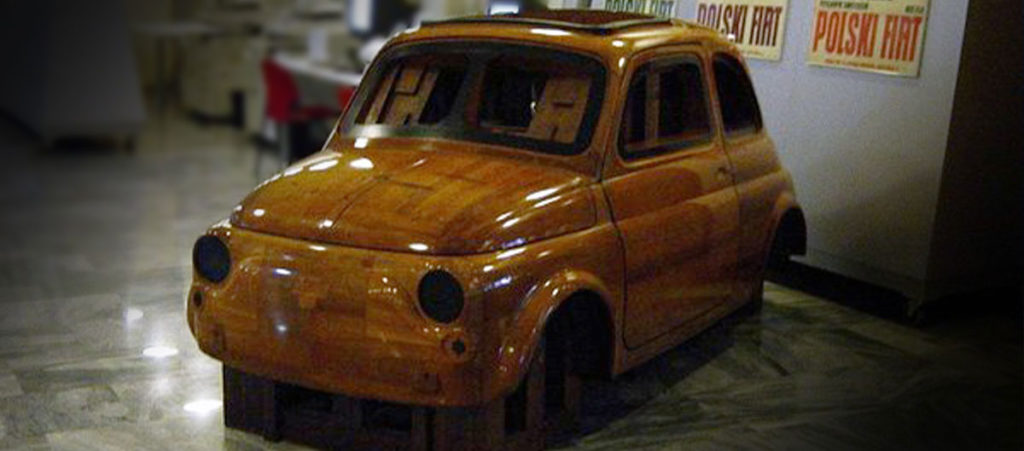
The coming of three-dimensional computer modelling in the 1980s incredibly accelerated the stylistic evolution of cars and industrial products in general.
In the last 10 years, however, the exponential growth of computer calculation capacities and the evolution of devices has led to an extraordinary acceleration of the tools available to designers. Sub-D Modelling, Generative Modelling, VR Concept Modelling and VR/AR visualization have been added to the more traditional design tools and, while they accelerated the process of conception and realization, they also strongly influenced the aesthetics of new products.
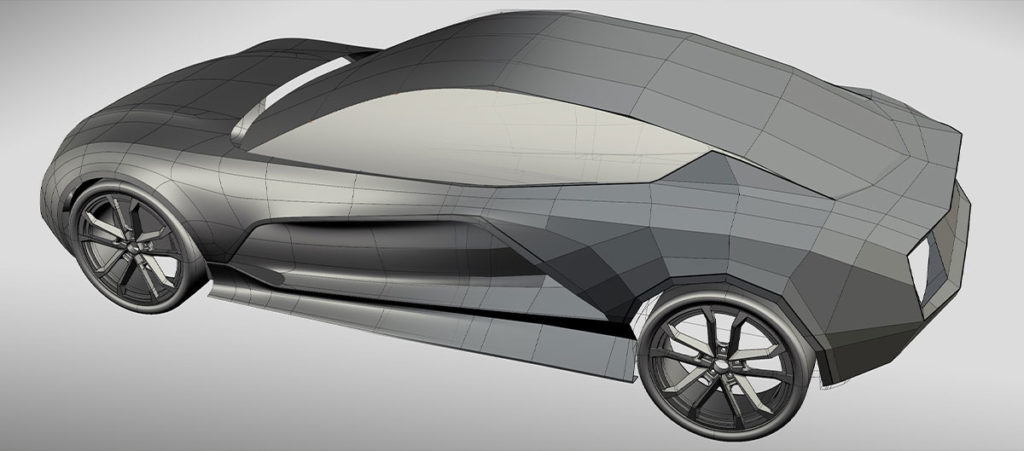
Today, thanks to new Sub-D modelling techniques, an initial study model with many more details can be produced in much less time. Sub-D modelling is nothing more than polygonal modelling that has been used in computer graphics for decades (just think of the early cartoons of the 90’s) but evolved to be exploited at all stages of design. This is a modelling technique for making high-resolution models by manipulating a low-resolution ‘cage’ model and, via software, having as a result a more or less large number of NURBS surfaces that can also be interpreted by engineering software.
Thanks to modern virtual and augmented reality systems, it is also extremely easy to see the full-size impact of what has been achieved practically in real time.
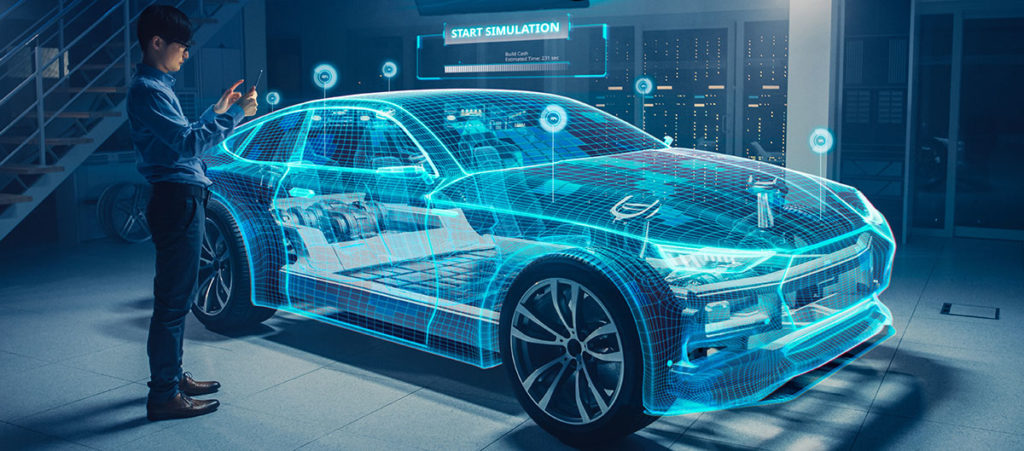
This aspect alone, introduced by the main design software companies (Autodesk, Dassault Systems, etc.), shows us how much the evolution of technologies can speed up the process. 3D models produced much more quickly where technicians can already analyze feasibility (dimensions, feasibility, resistance, etc.) and which does not eliminate traditional 3D style modelling but flanks it by helping to define shapes.
The introduction of this type of 3D modelling is also enabling the development of further digital sculpting methodologies. It is now possible, for example, to use VR visors and manipulators to shape a 3D object with Sub-D modelling. This new technique, which is still limited by the current control devices, nevertheless makes it possible to have a macro-visualization of the volumes and proportions of aesthetic solutions in a real size virtual world, without the filter of a 2D monitor that distorts the appearance.
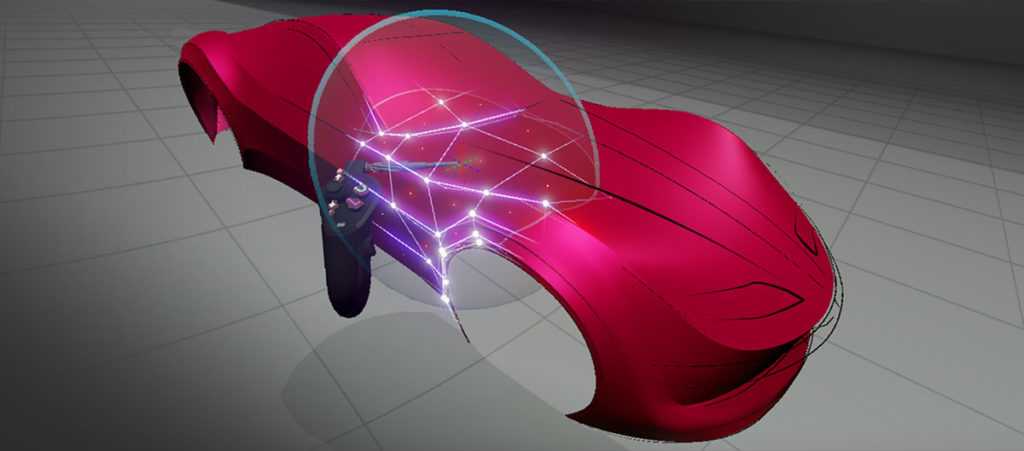
If we imagine an evolution of controllers that makes this type of modelling more intuitive, we can see how powerful this tool could be, especially in the early stages of design process.
Another application of Sub-D mathematical modelling is to combine this modelling technique with a generative modelling tool (Grasshopper, Dynamo, or the dedicated CATIA tools, for example). These tools were born a few years ago especially for the needs of architectural design but have been introduced in industrial design especially for the creation of 3D patterns. With the application of generative modelling, a Sub-D model can be enriched with complex surfaces or even deformed and modified in a parametric way as predefined variables change. This technique is also undergoing strong development but still needs time to be integrated into the main style modelling software in an organic way.
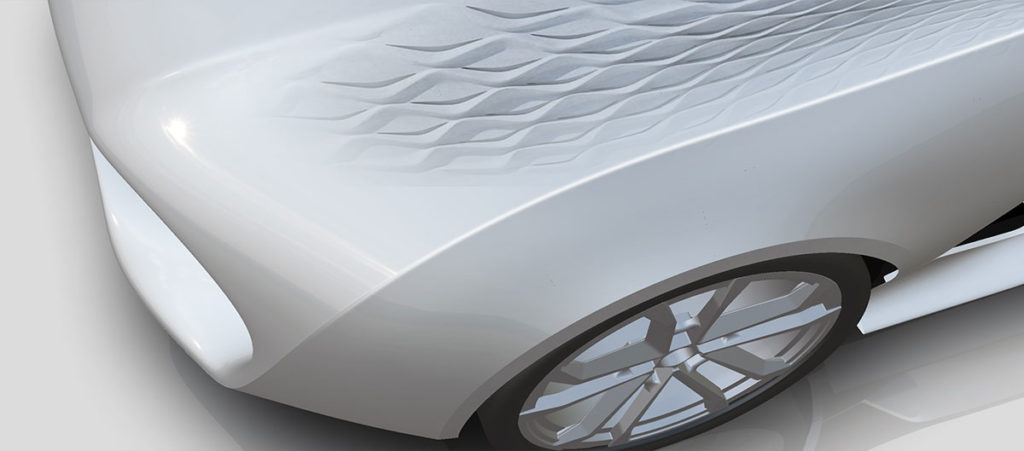
All these new techniques require compromises, as they do not allow, at least for the moment, to achieve the same quality results as traditional 3D modelling, but the advantages are undeniable.
It is therefore a strong evolution of the work of the automotive designer and industrial designer. The project becomes dynamic and requires a lot of expertise from the designers as well. Today, in fact, a young designer coming out of a design school must already be familiar with these techniques to be more likely to start his career, more and more style centers and design studios are moving towards these new workflow.
What is happening is therefore a gradual loss of importance of the sketching phase. Sketching is still the most romantic phase of the project, and it remains indispensable, but the time to sketching in the course of an industrial design project will become less and less, replaced by new technologies.
The loss of this romantic image of the designers, who with their pens have defined the shape of the most legendary cars and the most iconic products, is perhaps the saddest thing in the evolution of working techniques, but the world goes too fast today.
We are ready for this new challenge, and you?
